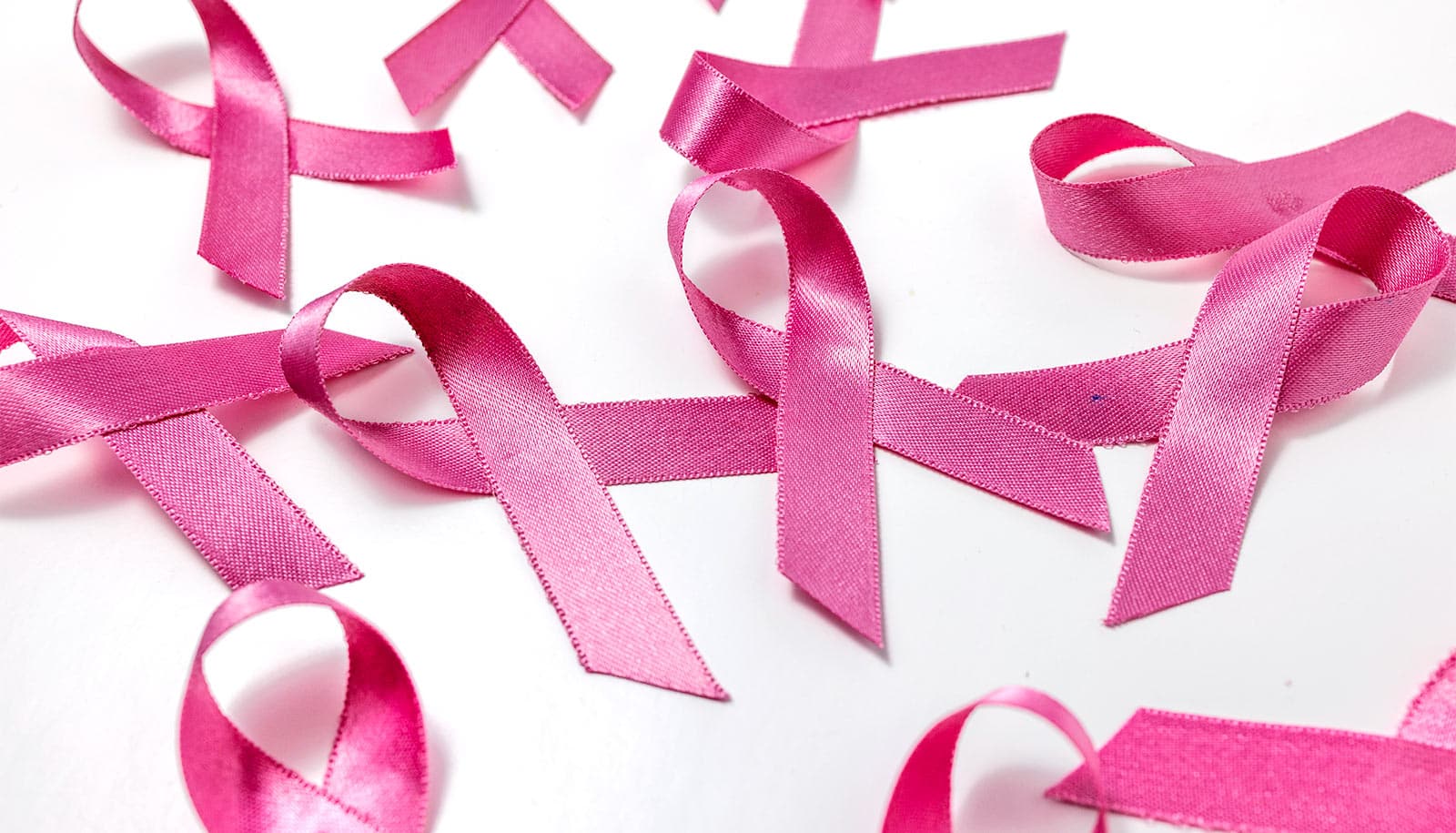A national panel reversed its decision and officially lowered the recommended age when individuals should receive routine screening mammograms from 50 to 40.
Experts cited rising rates of breast cancer among younger women and Black individuals in the decision.
“This is a major win,” says Anna Weiss, surgeon-scientist, leader of the Wilmot Cancer Institute Comprehensive Breast Care Program at the University of Rochester, and director of Wilmot’s breast cancer service line.
“We are not only seeing a younger population of patients being diagnosed with breast cancer, but also people from underserved groups,” she says.
“For example, Black women sometimes develop breast cancer as many as five years earlier than white patients—so these new guidelines help to build equity into the system. Fifty years old is too late to start screening for Black women. I am also excited that the new guidelines will support insurance coverage for younger women.”
A panel known as the US Preventive Services Task Force (USPSTF) issued the new guidelines. It provides evidenced-based, influential advice on health that is often widely adopted.
However, the USPSTF breast cancer screening recommendations have been controversial: Years ago, for example, the panel raised the recommended screening age from 40 to 50, suggesting that earlier screening could lead to unnecessary biopsies and needless anxiety. Evidence now shows those risks are outweighed by the benefits of earlier screening.
The latest ruling was first drafted in 2023 and published on April 30, 2024, in the Journal of the American Medical Association. It states that women of average risk should be screened every other year from 40 until age 74, when risk drops off significantly. (Some doctors believe yearly screening is more effective.) Lowering the age from 50 to 40 brings the task force’s guidance back in line with other cancer organizations, including the American Cancer Society.
Jennifer Harvey, chair of Imaging Sciences at the University of Rochester Medical Center and a breast cancer specialist, wrote an editorial on this topic in 2020 during a period of particular racial unrest in the US.
Harvey explains that clinical trials used as the basis for USPSTF decisions had few women of color, thus skewing outcomes and not considering that research has shown differences in biology in breast cancer among Black patients.
“Large scale population-based real-world data from the US that reflects our diversity should be used to make decisions that affect the entirety of our female population,” Harvey wrote in the Journal of Breast Imaging.
“Black lives matter, and we need to recognize and support the need for change regarding breast cancer screening recommendations.”
Harvey also notes:
- The American College of Radiology suggests an even earlier screening age 25—for high-risk groups that include Black women and Ashkenazi Jewish people, to address disparities and improve survivorship.
- Some women may need follow-up tests after routine mammograms. The task force did not make new recommendations in these cases.
- Breast cancer is the second most common cancer and the second highest cause of cancer death among US women. It is most treatable when caught early.
Source: University of Rochester



